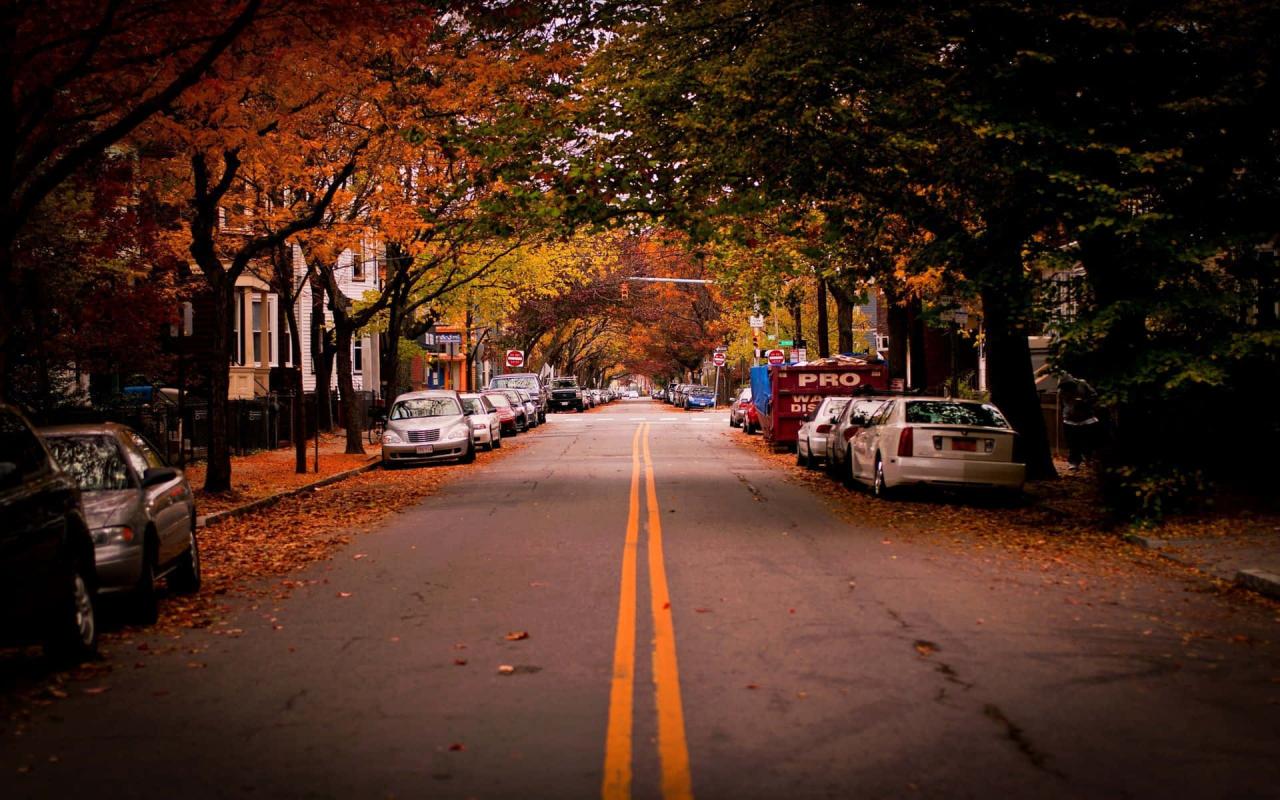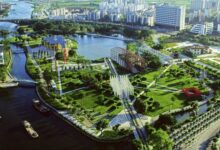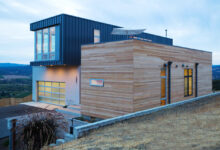Reimagining City Landscapes: The New Urbanism

The world is on the cusp of a profound transformation in how we design, build, and experience our cities. For over a century, urban planning has been dominated by the car-centric model, leading to sprawling suburbs, traffic congestion, and a loss of public spaces. However, a new era of reimagining city landscapes is emerging, a powerful and transformative movement that is fundamentally rethinking our urban environments to be more human-centric, sustainable, and resilient. This isn’t just about a few green parks; it’s a holistic approach that integrates advanced technology, community-centric design, and a deep understanding of human well-being into the very fabric of our urban world. This article will take a deep dive into the core concepts of this new urbanism, exploring the pivotal role of smart infrastructure, the rise of biophilic design, the challenges that still need to be addressed, and the immense opportunities that lie ahead for a more connected and livable future.
A Human-Centric Design

The new era of urban planning is a rejection of the car-centric model and a return to a human-centric one. It’s a philosophy that puts the needs of a person—their health, their well-being, and their ability to connect with their community—at the heart of the creative process.
A. The Power of Public Spaces
The most visible change in this new urbanism is the renewed focus on public spaces. A city is no longer just a collection of buildings; it’s a dynamic, living ecosystem with a variety of public spaces that are designed to bring people together.
- The New Town Square: The traditional town square is making a comeback, but with a modern twist. The new urban squares are designed to be a hub for a wide range of social activities, from a farmer’s market and a street fair to a public concert and a pop-up art installation. They are a place for a community to connect, to collaborate, and to build a sense of belonging.
- Parks and Green Infrastructure: The new urbanism is a green urbanism. The use of parks, green roofs, and urban vertical gardens is a key component of a livable city. These green spaces not only provide a natural respite from the hustle and bustle of city life but also have a profound environmental impact, from a reduction in the urban heat island effect to an improvement in a city’s air and water quality.
- Pedestrian-Friendly Streets: The new urbanism is a pedestrian-friendly urbanism. The new cityscapes are designed with a new focus on wide, open, and tree-lined sidewalks, a variety of public benches, and a new kind of street furniture that can be used for a wide range of social activities. This is a fundamental rethinking of the role of a street, from a space for a car to a space for a person.
B. The New Mobility
The car-centric model of urban development is becoming obsolete. The new era of urban planning is a return to a more multi-modal, sustainable, and efficient transportation system.
- Integrated Public Transit: The new urbanism is a public transit-friendly urbanism. The use of smart public transportation systems, with a new focus on a light rail, a new kind of bus system, and a new kind of train system, is a key component of a livable city. These systems are designed to be a fast, efficient, and affordable way for a person to get around a city without a car.
- The Rise of Micro-Mobility: The new era of urban mobility is also a new era of micro-mobility. The use of shared e-scooters, e-bikes, and bike-sharing programs is a new and powerful trend in urban transportation. These services provide a new and fun way for a person to get around a city, particularly for a short trip, without a car.
- A City for a Person: The new urbanism is a return to a city for a person. The new cityscapes are designed with a new focus on a person’s health, a person’s well-being, and a person’s ability to connect with their community. The goal is to create a city that is as much a place to live as it is a place to work.
The Technological Catalyst
At the heart of the new urbanism is technology. The tools that once connected us are now the very foundation of how we build, manage, and experience our cities.
A. The Internet of Things (IoT)
The Internet of Things is the foundational layer of a smart city. It’s a network of physical objects embedded with sensors, software, and other technologies to connect and exchange data with other devices and systems over the internet.
- Smart Utilities: Smart grids use IoT sensors to monitor energy consumption in real-time, helping to balance supply and demand and reduce waste. Smart water meters can detect leaks, conserving a precious resource and preventing costly infrastructure damage.
- Smart Public Safety: Connected streetlights can dim or brighten based on the presence of pedestrians or vehicles, saving energy. Cameras with AI-powered analytics can help law enforcement respond to emergencies more effectively and monitor for criminal activity.
- Smart Waste Management: Smart waste bins with sensors can alert sanitation services when they are full, optimizing collection routes and reducing fuel consumption. This also helps to keep cities cleaner and more sanitary.
This network of connected devices is creating a living, breathing dataset of the city’s activities, providing unprecedented insights for urban planners and officials.
B. The Power of Big Data and AI
The sheer volume of data generated by a smart city would be useless without the ability to analyze it. Big data analytics and artificial intelligence (AI) are the brains of the operation.
- Predictive Analytics: AI algorithms can analyze historical data to predict future trends, from where traffic congestion is likely to occur to which parts of the city are at a higher risk of crime. This allows for a proactive rather than a reactive approach to urban management.
- Optimized Resource Management: AI can optimize the use of all resources in a city, from the amount of electricity consumed by the lighting system to the amount of water used by the plumbing system. This can dramatically reduce a city’s energy and water consumption.
- Citizen Services: AI-powered chatbots and virtual assistants can provide citizens with real-time information about public services, from reporting a pothole to finding a parking spot.
This data-driven approach allows a smart city to operate with a level of efficiency and responsiveness that was once impossible.
Challenges and Opportunities

While the future of reimagining city landscapes is bright, there are significant challenges that must be addressed to ensure that this revolution is inclusive and sustainable.
A. Data Privacy and Security
The collection of vast amounts of data about citizens’ lives raises serious concerns about privacy and security. The interconnected nature of a smart city’s infrastructure makes it a prime target for cyberattacks. A breach could disrupt essential services, from electricity and water to transportation and public safety. There is an urgent need for clear and transparent policies on how citizen data is collected, stored, and used.
B. The Digital Divide
While smart cities offer immense potential, they also risk creating a new “digital divide” between those who have access to the necessary technology and skills and those who do not. The benefits of a smart city are dependent on access to smartphones, computers, and a high-speed internet connection. Cities must work to ensure that these technologies are affordable and accessible to all residents.
C. The Human Element
A city is, at its core, a place for people. While technology can solve many problems, it cannot replace the human element of empathy, community, and social connection. The challenge is to use technology to enhance human interaction, not to replace it. Urban planning must be human-centric, creating spaces that foster community and belonging.
Conclusion
Reimagining city landscapes is not a passing trend but a powerful and transformative movement that is fundamentally reshaping our relationship with our urban environments and with each other. It is a testament to the growing awareness that a more sustainable, resilient, and human-centric city is not just an ethical imperative but a business necessity. The new urban blueprint, with its focus on public spaces, a new kind of mobility, and a deep understanding of human well-being, is a clear signal that the future of a city is a new kind of living, a living that is as adaptable and as resilient as it is intelligent and sustainable.
However, as we embrace this new era, we must also confront the significant challenges that lie ahead. The high cost of a smart city, the need for a new legal and regulatory framework, and the challenges of data privacy and security are all hurdles that must be addressed proactively. The future of urban planning is a journey that will be defined not just by its technological prowess but by its ability to create a world that is more connected, more human-centric, and more conducive to a person’s overall well-being. The reimagining of our cityscapes is here, and it promises to build a future where our cities are as healthy and as happy as we are.




